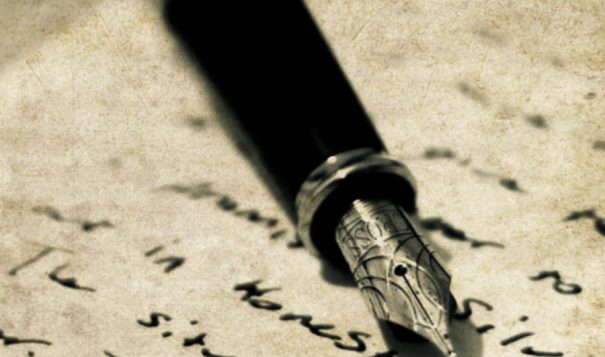
“And the days dwindle down to a precious few” and I hope that I am not considered vain for thinking back on those precious few days of the good, the bad and the ugly that have been a greater part of my life as a Lakota journalist.
I believe, that as the old adage goes, “The job of a journalist is to be the firewall between the politicians and the people they are elected to serve.”
In 1952 I didn’t know any of these things. I was a 17-year-old boy, fresh off of the Pine Ridge Indian Reservation in South Dakota, aboard a ship headed for the Far East. I was still bothered by some of the things I had witnessed and experienced while attending a boarding school on the reservation and so I bought a note book and began to write some of the things down.
One day at lunch a guy from McKeesport, Pa., sat next to me and asked me what it was I wrote in that note book every night. I gave him a page to read. After he read it he told me that this was very good and I should keep on writing. He had majored in journalism while in college and his opinion meant a lot to me.
And so I kept writing and finally ended up with a notebook full of poems and short essays. When I landed overseas I put them in a shoe box, taped them up, and sent them to my mother in South Dakota. She kept them for me until I got out of the service.
I went on to college at the University of Nevada, Reno under the GI Bill and one day a visitor, a former student there, stopped by to lecture us. That visitor was named Rupert Costo, a Cahuilla Indian from Southern California, and he had just started the Indian Historian Press in San Francisco and he was beginning to publish some small books by Indian authors.
Several years later I made it a point to visit with Rupert when I was in San Francisco and I gave him the box of poems and essays I had been saving all of these years. A couple of months later Rupert wrote to me and said that my poems had to be published as a book. He undertook the responsibility and a few months later my book, “The Aboriginal Sin” was published. Many years later it was republished as “Children Left Behind” with additional stories. It was re-published by Harmon Houghton of Clear Light Publishing in Santa Fe. So if you ever read this book please do not judge it as a work of literary art because most of it was written by a 17-year-old boy who was about to become a man in Korea.
Rupert and his wife Jeanette Henry Costo became my friends and I went to work for their newspaper Wassaja in the mid-1970s. Rupert so admired the late Carlos Montezuma, an Apache Indian newspaperman, a fierce writer with the Apache name Wassaja, that Rupert named his newspaper Wassaja to honor this Apache journalist. He admired Carlos for his fierce, independent journalism. And Rupert set out to emulate this man who took the establishment and shook it by its neck. Among the hierarchy of the Interior Department, Rupert was a despised man. As was often said of him, he told it like it is. He was not afraid to tear into the Bureau of Indian Affairs, the Indian Health Service or the United States Government itself.
His office was across from mine at Wassaja, but I spent more time in his office looking over his shoulder and learning than I did in mine. His wife was just as fierce as him and both of them gave me a severe tongue lashing if my work did not live up to their expectations. And those expectations were sky high.
When I told Rupert I was going to return to South Dakota in a couple of years and start my own newspaper on the Pine Ridge Reservation he looked at me as if I was crazy. He said, “They’re going to kill you out there.” They almost did.
I am 84 years old now and the days are dwindling down to a precious few and so I hope my readers of all these years do not mind if I go back into the history I have lived. My goal has been that as a journalist and newspaperman I stand up for truth and justice and those two goals have been my primary reasons for pursuing a career in the field of journalism. I may be an idealist, but I am also a pragmatist. Sometimes my head is in the clouds, but my feet are always firmly planted on the ground. I will have more to report in my next column.
(Contact Tim Giago at najournalist1@gmail.com)
